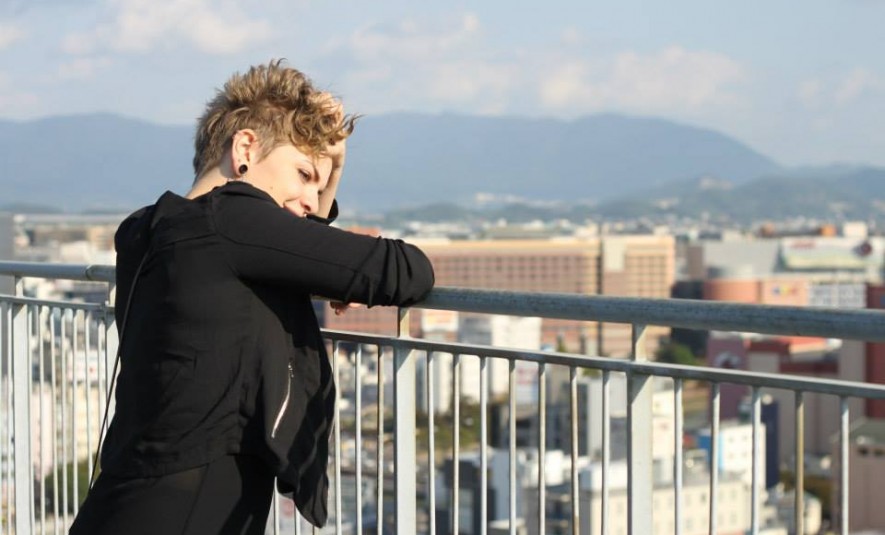Japan! It’s been a while♡
For a number of reasons it took me close to a year to get back here. In between studies and work I managed to slip a weeks worth of holiday into my busy schedule, resulting in me currently writing this blog post from my second furusato; Saga. Here I spent 10 exhilarating months of my life, passing through rice paddies on my way to school, studying Japanese, eating delicious food and making friendships for life. After an exhausting 16 hour trip via Shanghai I arrived at my old host family’s home late last evening, feeling like I had never left it. As the evening ascended into night, so did I into the ofuro.

When the Japanese bathe they rarely just shower. Now a days, virtually all homes in Japan has their own bathtub, but not too many decades ago it was more common for families to go to public baths. Its from these public baths, where many people would get together in the same hot water pool after washing themselves, that the tradition of washing ones body and then ascending into the bathtub derives. Likewise, hot springs (known as onsen) is amongst most Japanese considered a favourite way of spending a day or two off, sometimes resulting in onsen get-aways. My host father’s home town is located in the onsen prefecture Oita, where the number of onsen almost exceeds the number of people. In fact, most citizens in these areas have never tried bathing in anything other than onsen.
Its remarkable that despite being one of the busiest countries in the world, the bathing time of the Japanese is significantly longer than Denmark or UK. The Japanese are used to a life of working, with long hours and little sleep. Perhaps this is why, in a stressful day with little rest, at the very least they set aside the time to bathe and calm down. When I ascended into the hot water yesterday night after more than half a day of travel, and three weeks without an entire day of, I could feel all the tiredness in my body dissolve into the water. In an increasingly digitalised world, the speed with which we move and live each day increase generation by generation, and we often forget to teach our children to stop, look around and breath for a second. However, through the art of bathing the Japanese continue to teach their children this viable lesson. And maybe, rather than their particular diet, the ability to relax properly at the end of the day is why the Japanese continue to have the longest lifespan on average in the world.
